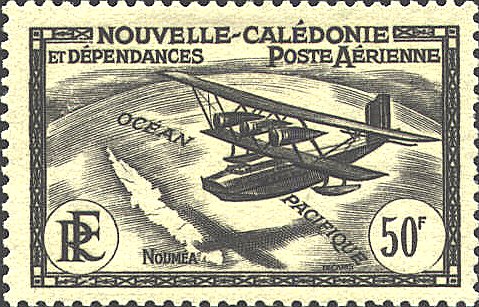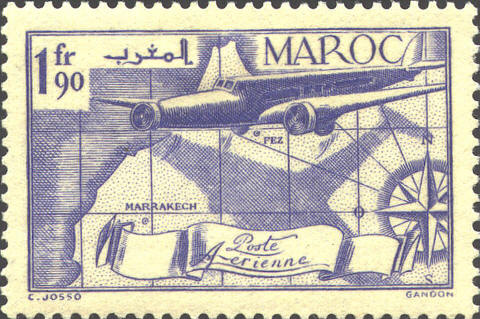A web site devoted to design errors (http://www.members.aol.com/timbreserrones/incoherence-ll.htm),
says this about New Caledonia C1-C6, “It is enough to know that
New Caledonia is 400 km length by 40 to 70 km broad to imagine the
size of this seaplane compared to its shadow on the ground! It must be
much larger than that of Howard Hughes who was until then largest!."
The island of New Caledonia is 400 km long and 40 to 70
km wide and the shadow of the seaplane is as long as the island, so
the shadow would be about 400 km or 250 miles long. Now, the question
is "how large is the shadow of an airplane flying above the earth as
it is projected on the earth?"
According to another web site (
https://www.scienceabc.com/eyeopeners/why-dont-birds-and-airplanes-cast-shadows.html ), the size of the shadow cast by
an airplane flying above the earth is approximately the same size as
the plane itself. It is also somewhat dependent on the distance
between the plane and the earth, but because the plane is so far from
the sun which casts the shadow it is never very much larger than the
size of the plane. So, the plane's shadow is indeed an error. The
shadow should be approximately the size of the plane, wingspread about
200 feet (?) (60.5 meters). It would be virtually invisible on
the map of the island on the stamp if it were drawn to scale.

French Morocco C22, C23, C24 and C26 also
have a plane with a large shadow. The plane is a Dewiutube 333
trimotor flying above a map of French Morocco. If, in fact, the shadow
were that large it would take a very long time for it to pass over,
and our experience with airplane shadows is that they pass over as
quickly as the plane does.



 |
